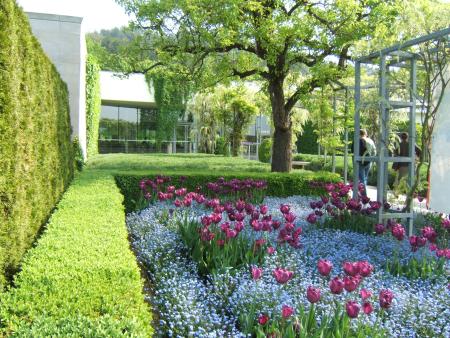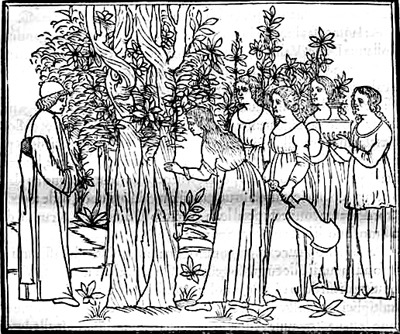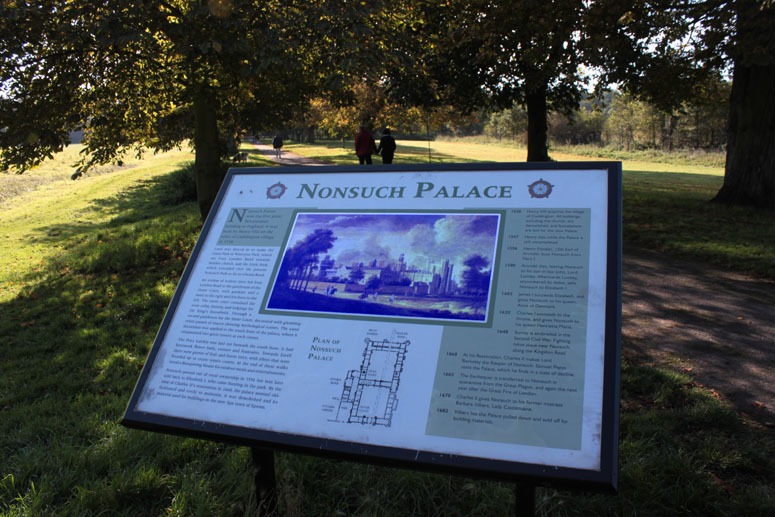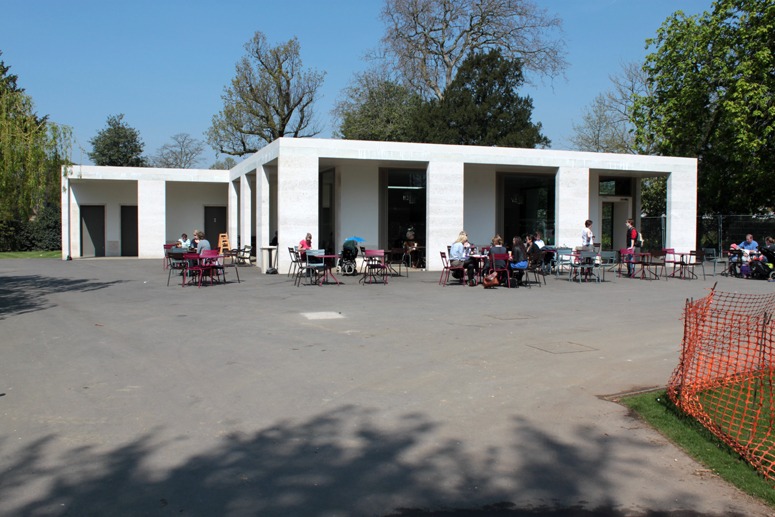
View from the summit of Mount Ventoux
Francesco Petrarca (1304-1374), known Petrarch is said to be the first man since antiquity to have climbed a mountain for pleasure alone. His ascent of Mount Ventoux, on April 26 1336, is described in his letter, below, and the view is shown in the photograph above (image courtesy
Mark Madsen). The results of this famous climb include (1) humanism (2) renaissance literature and science (3) a re-birth of mimesis as the dominant theory of art and as a zest to ‘imitate nature’ (4) the change from inward-looking medieval gardens to outward-looming renaissance, baroque and romantic gardens (5) the tourist industry – Petrarch is known as the first tourist, in the sense of a man who travels for the pleasure of study, learning and views.
“To-day I made the ascent of the highest mountain in this region, which is not improperly called Ventosum [Mount Ventoux]. My only motive was the wish to see what so great an elevation had to offer. I have had the expedition in mind for many years; for, as you know, I have lived in this region from infancy, having been cast here by that fate which determines the affairs of men. Consequently the mountain, which is visible from a great distance, was ever before my eyes, and I conceived the plan of some time doing what I have at last accomplished to-day. The idea took hold upon me with especial force when, in re-reading Livy’s History of Rome, yesterday, I happened upon the place where Philip of Macedon, the same who waged war against the Romans, ascended Mount Haemus in Thessaly, from whose summit he was able, it is said, to see two seas, the Adriatic and the Euxine…. At first, owing to the unaccustomed quality of the air and the effect of the great sweep of view spread out before me, I stood like one dazed. I beheld the clouds under our feet, and what I had read of Athos and Olympus seemed less incredible as I myself witnessed the same things from a mountain of less fame. I turned my eyes toward Italy, whither my heart most inclined. The Alps, rugged and snow-capped, seemed to rise close by, although they were really at a great distance; the very same Alps through which that fierce enemy of the Roman name once made his way, bursting the rocks, if we may believe the report, by the application of vinegar. I sighed, I must confess, for the skies of Italy, which I beheld rather with my mind than with my eyes. An inexpressible longing came over rne to see once more my friend and my country.
Happy the man who is skilled to understand
Nature’s hid causes; who beneath his feet
All terrors casts, and death’s relentless doom,
And the loud roar of greedy Acheron.
“
PS apologies for using the hackneyed ‘changed the world’ header for this post.







